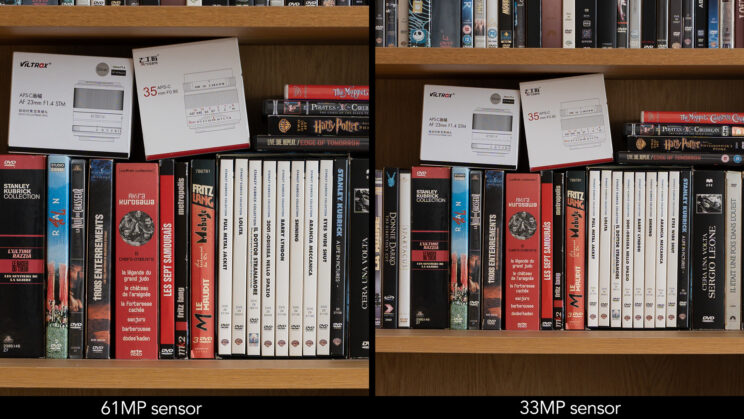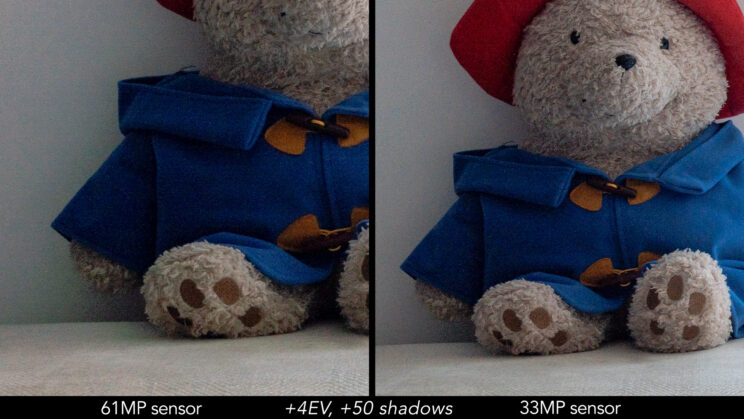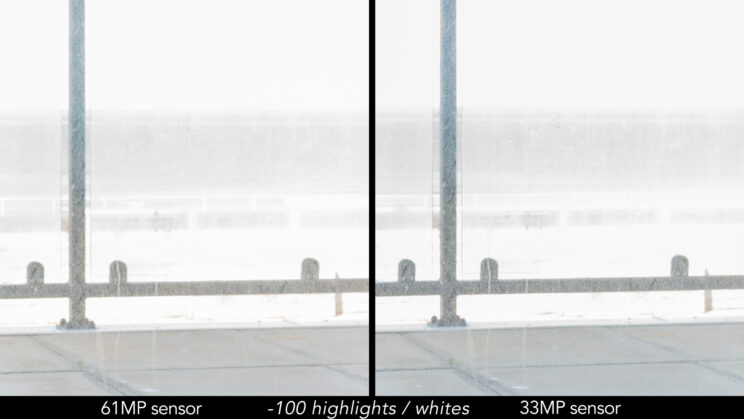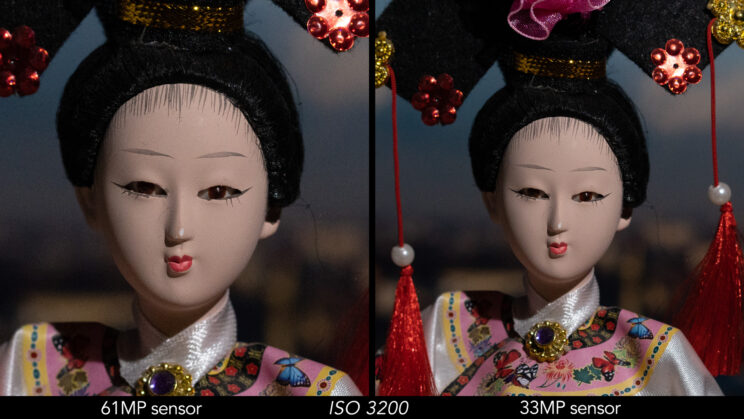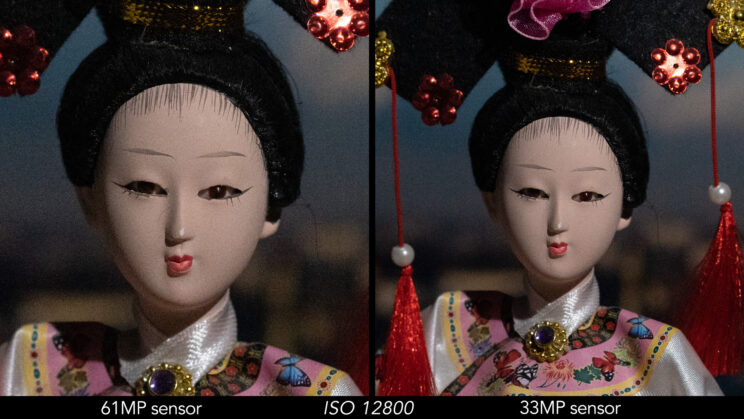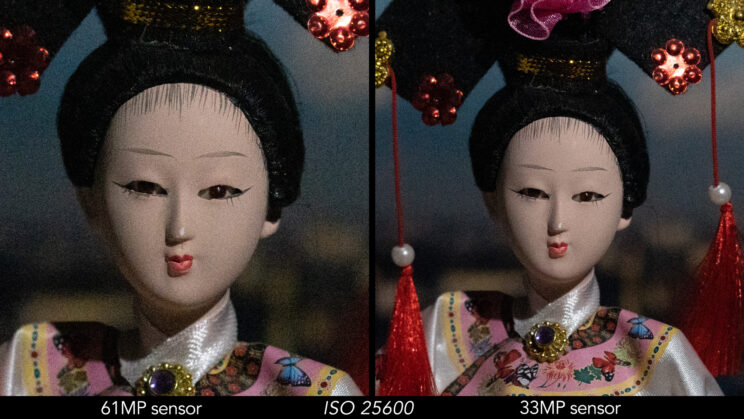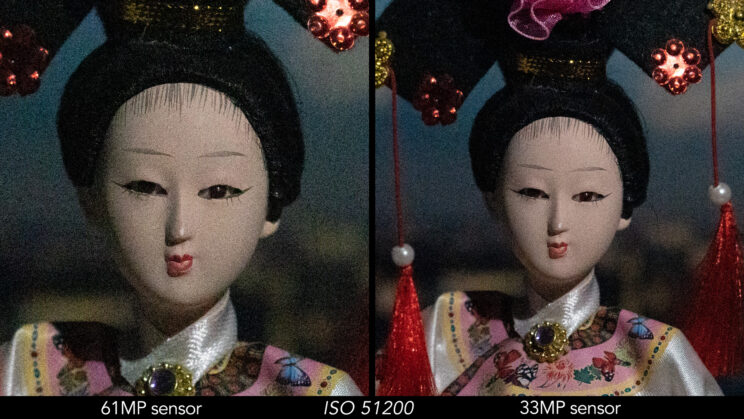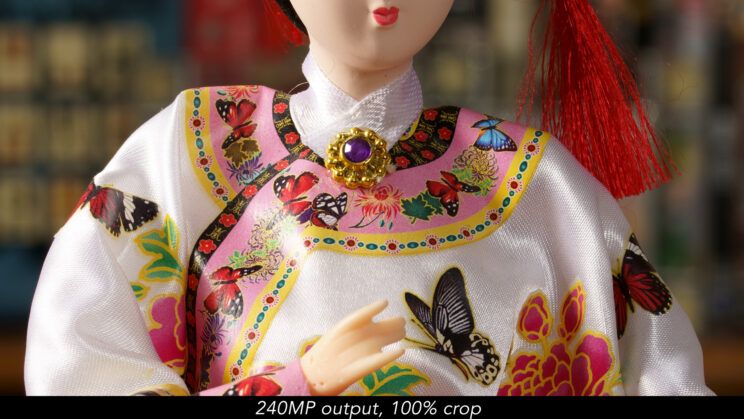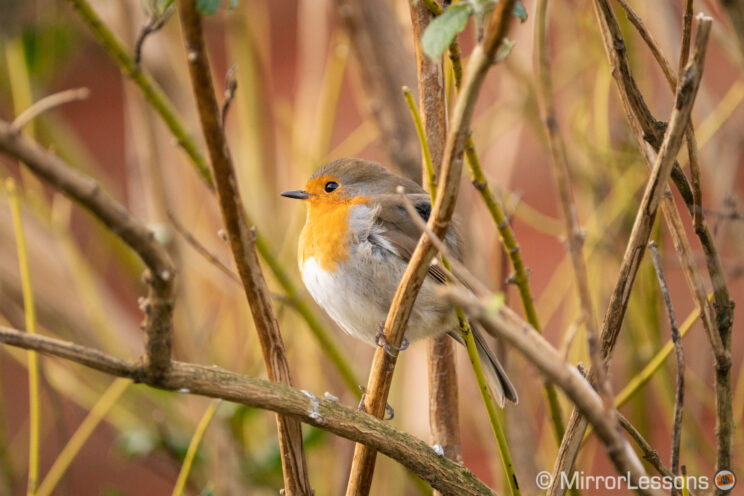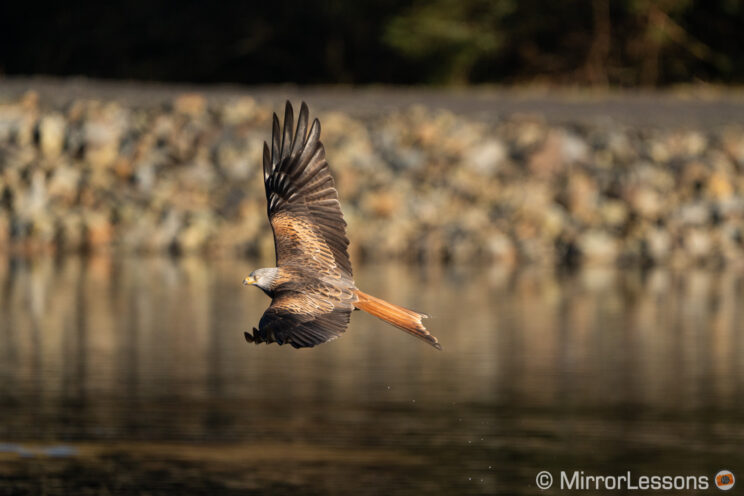The A7CR is a compact full-frame camera that sacrifices a few things in terms of ergonomics and functionality but packs one of the best sensors Sony has ever made, with a stunning 61 megapixels of resolution.
The A7 IV is an all-rounder model capable of excellent photo and video quality with a more professional body that can accommodate two card slots, among other features.
However, there is much more to discuss than just body design. In this article, I present the 10 main things to consider if you’re undecided between these two products.
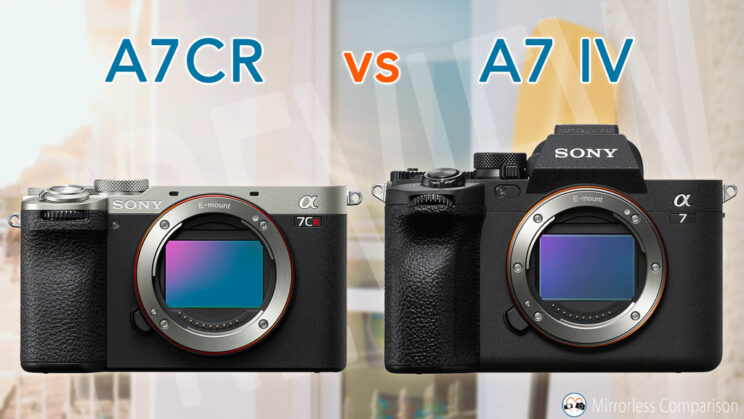
Ethics statement: the following is based on official specs and our personal experience with the A7 IV. We were not asked to write anything about this product, nor were we provided any compensation of any kind. Within the article, there are affiliate links. If you buy something after clicking one of these links, we will receive a small commission. To know more about our ethics, you can visit our full disclosure page. Thank you!
1. Sensor
These two Sony cameras feature full-frame sensors with a backside-illuminated design and share the latest-generation BionZ XR image processor.
The A7CR boasts an impressive 61MP resolution without an AA filter, designed to maximize detail rendering. In contrast, the A7 IV is equipped with a 33MP sensor.
There are differences in ISO sensitivity, with the A7 IV offering a broader range, as detailed below.
Camera
Normal range
Extended range
A7CR
100 – 32,000
50 – 102,400
A7 IV
100 – 51,200
50 – 204,800
Both cameras offer various RAW settings, including Uncompressed, Lossless Compressed, and Compressed, along with the option to choose between three different sizes (Large, Medium, Small) when working with Lossless Compressed RAW and JPGs. Additionally, they support the 10-bit HEIF format.
How the two sensors compare?
I’m familiar with the performance of these two sensors, having tested them extensively in previous occasions. First, in the A7 IV vs. A7R IV comparison, and more recently, in the A7R V vs. A7 IV review. As a result, I can provide you with images that offer a clear understanding of what to expect.
Let’s start by examining the difference in sharpness when magnifying at 100%.
Next, we’ll explore RAW files and dynamic range, especially when attempting to recover shadow and highlight details.
Finally, we’ll take a quick look at how they perform at high ISO settings.
Reminder: the links below are affiliate links. If you decided to buy something after clicking the link, we will receive a small commission.
Check the price of the Sony A7CR on
B&H Photo
Check price of the Sony A7 IV on
Amazon | Amazon UK | B&H Photo | eBay
2. Video Recording
Both cameras are capable of recording video in 4K at up to 60 frames per second. They support 10-bit 4:2:2 internally for better grading in post, and offer a wide range of advanced settings, including Picture Profiles with gamma curves like S-Cinetone and S-Log3.
The primary difference lies in how they record 4K and the amount of sensor crop applied.
The A7CR can capture 4K video at 50/60p but with a 1.2x sensor crop. This is achieved using the line-skipping method, which, unfortunately, sacrifices some image quality due to the omission of rows of pixels, resulting in reduced detail and more aliasing.
Additionally, the A7CR can record 4K at up to 30p with no crop, but it still employs the line-skipping technique. For better quality and reduced aliasing, you can opt for the Super35 mode (APS-C), where the camera oversamples the image, utilizing all the pixels within the 1.5x cropped area.
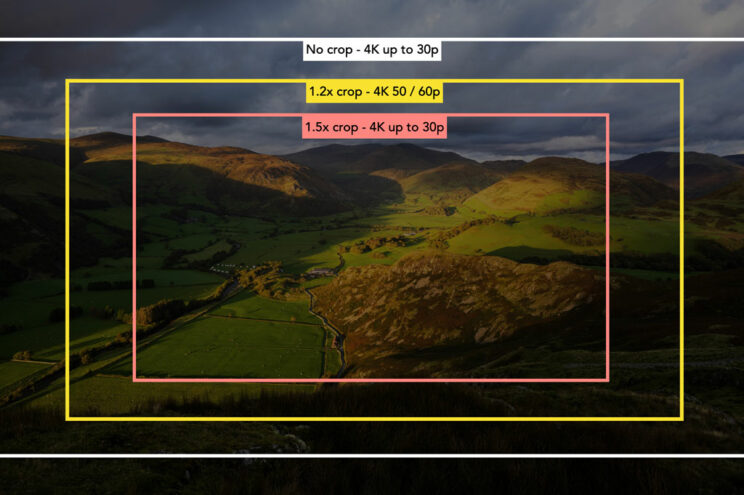
On the other hand, the A7 IV can record 4K up to 30p with the full width of the sensor and oversampling. To achieve 4K at 50 or 60p however, you will need to enable the Super35 mode.
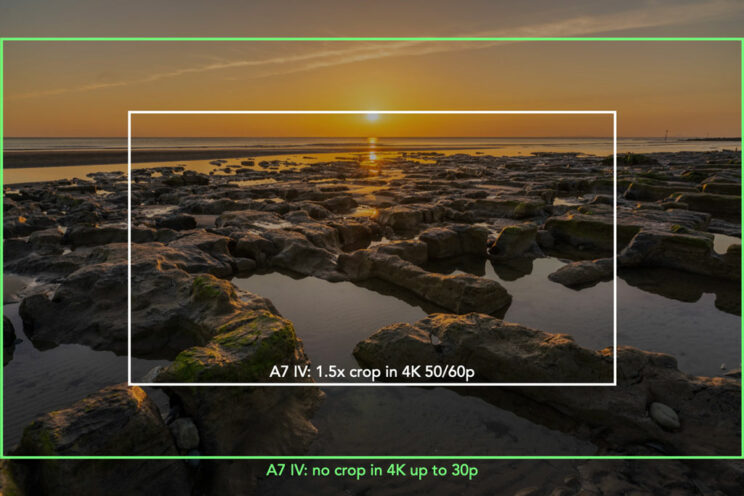
Both cameras support 1080p Full HD recording at up to 120p, providing options for in-camera slow-motion results or standard recording with sound. With the latter, you’ll have to adjust the speed in for post with your editing software.
In addition, they offer various video-centric functions like Breathing Compensation (compatible with select lenses) and Focus Map.
The A7CR includes a few extra features. It allows you to load custom Look-Up Tables (LUTs) and supports 16-bit RAW output via the HDMI port for recording with external devices such as the Atomos Ninja V.
3. Sensor Shift
Both cameras feature five-axis in-body stabilization, although there is a difference in their ratings. The A7CR can provide up to 7 stops of compensation, while the A7 IV is rated at 5.0 stops.
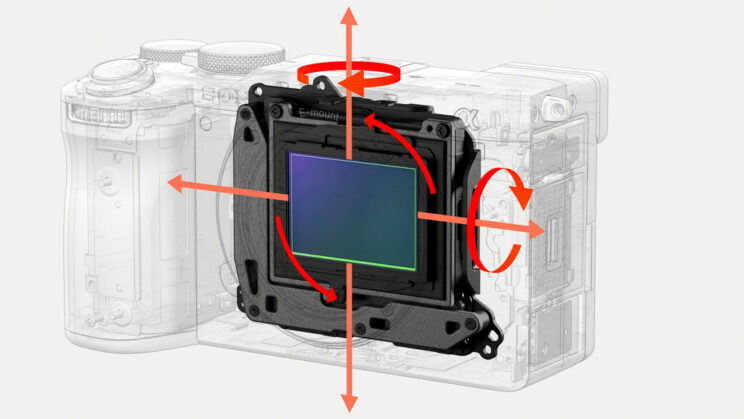
For video recording, they both offer an Active mode, as well as the option to stabilize footage during post-production using the Sony Catalyst software.
Now, a unique feature that only the A7CR offers is Pixel Shift Multi Shooting. This function utilizes the same sensor-shift mechanism used for stabilization. The A7CR can capture 16 consecutive images, shifting the sensor by one pixel between each shot. When you combine these 16 files using the Sony Imaging Edge software, you can create an astonishing 240MP photograph.
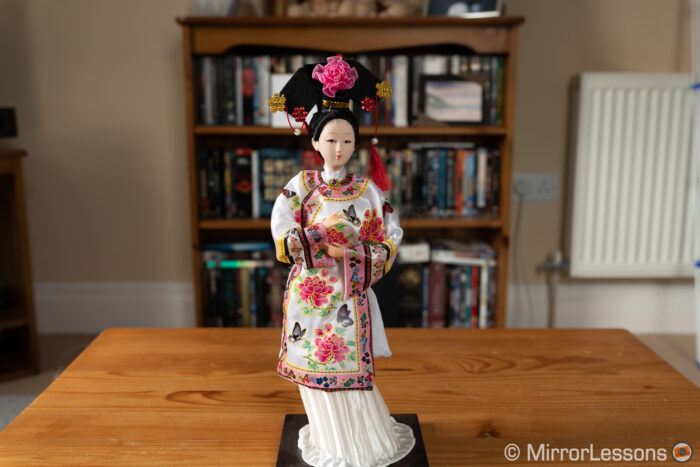
The software also allows for the correction of minor movements in the photos, although it’s essential to mount the camera on a tripod for optimal results.
Reminder: the links below are affiliate links. If you decided to buy something after clicking the link, we will receive a small commission.
Check the price of the Sony A7CR on
B&H Photo
Check price of the Sony A7 IV on
Amazon | Amazon UK | B&H Photo | eBay
4. Autofocus
Let’s begin with the number of focus points: the A7CR features 693 phase detection points distributed across 79% of the sensor’s surface.
The A7 IV boasts even more focus points (759 phase detection) spread over a broader area of the sensor (94%).
In low-light conditions, they both share the same rating: -4.0EV, which is measured at ISO 100 with an f/2 lens.
Both cameras offer real-time tracking and subject detection, but this is where the A7CR gains an advantage. Thanks to its latest algorithm and built-in A.I. processing unit, the C model has more advanced capabilities. It can detect more body parts and recognize a wider variety of subjects, as highlighted in the table below.
Subject Detection
A7CR
A7 IV
Humans
Face, Head, Eyes, Body (with pose estimation)
Face, Eyes
Animals
Body, Head, Eyes
Eyes
Birds
Body, Head, Eyes
Eyes
Insects
Yes
No
Trains
Yes
No
Airplanes
Yes
No
Cars
Yes
No
Autofocus feedback
While not as advanced, the AF capabilities of the A7 IV are nothing short of impressive. In my extensive use of the camera, I consistently experienced fast and reliable performance in events, music gigs, portraits, and wildlife photography. While it may not recognize the body of an animal, it rarely misses the eye, which is what matters most anyway. If the eye is not visible, the real-time tracking does generally a very good job.
I don’t have direct experience with the A7CR yet, but I’m familiar with its AF capabilities because they are the same as those on the A7R V, which I tested for bird photography. The performance and accuracy are impressive, especially with animals and small birds perched in trees. Even when they are distant or facing away, the camera consistently detected the presence of a bird in the frame and focused accurately 99% of the time.
However, in my birds in flight test, the A7R V struggled more and didn’t show an improvement over its predecessor. While the A7CR is not necessarily a wildlife camera, I’ll be curious to see if it performs similarly.
5. Memory Cards
The A7CR has only one SD card slot (UHS-II), accessible on the side where all the connectors are.
In contrast, the A7 IV is equipped with two memory card slots. The first slot is hybrid, capable of taking either an SD UHS-II card or a CFexpress Type A card. The second slot is for SD cards only.
This configuration provides you with the option to back up everything to the second card or differentiate the types of files between the two cards.
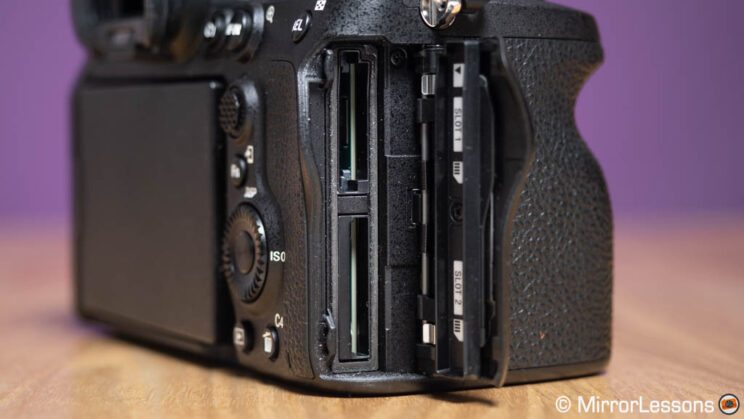
While CFexpress cards are more expensive, they offer faster writing and reading speeds, which not only improve buffer performance but are also required for certain high-end video settings.
Reminder: the links below are affiliate links. If you decided to buy something after clicking the link, we will receive a small commission.
Check the price of the Sony A7CR on
B&H Photo
Check price of the Sony A7 IV on
Amazon | Amazon UK | B&H Photo | eBay
6. Drive Speed
The A7CR operates at a maximum speed of 8 frames per second with the mechanical shutter or 7fps with the electronic shutter.
The A7 IV is a bit faster, boasting a maximum burst rate of 10fps with both the mechanical and electronic shutter. However, it’s worth noting that this speed drops to 6fps if you select Uncompressed or Lossless Compressed RAW. I assume a similar behavior might occur with the A7CR, but I don’t have official data. (For reference, the A7R V, which shares the same sensor and processor, operates at a reduced 6.7fps with the same RAW settings).
In terms of buffer performance, the A7CR can store up to 1000 JPGs at full speed but only 36 Compressed RAW images when shooting at 10fps.
The A7 IV does better thanks to the lower resolution of the images and the CFexpress card. With JPG or Compressed RAW files, the camera can capture more than 1,000 frames without ever slowing down at the fastest burst speed.
With an SD card, the performance of the A7 IV performs in the same way when shooting JPGs but is more limited with RAW. The camera begins to slow down after 5 seconds (50 frames).
7. Shutter Mechanism
The A7CR can achieve a maximum shutter speed of 1/4,000s with the Mechanical shutter, and 1/8,000s with the electronic shutter. The A7 IV, on the other hand, can reach 1/8,000s with either shutter type.
It’s important to note that the A7CR lacks a full mechanical shutter with two curtains; instead, it employs the EFCS (Electronic-First Curtain Shutter). This choice comes with certain limitations, including potential bokeh distortion with large apertures and fast shutter speeds, slight uneven exposure, and the risk of mild banding when working under artificial lighting.
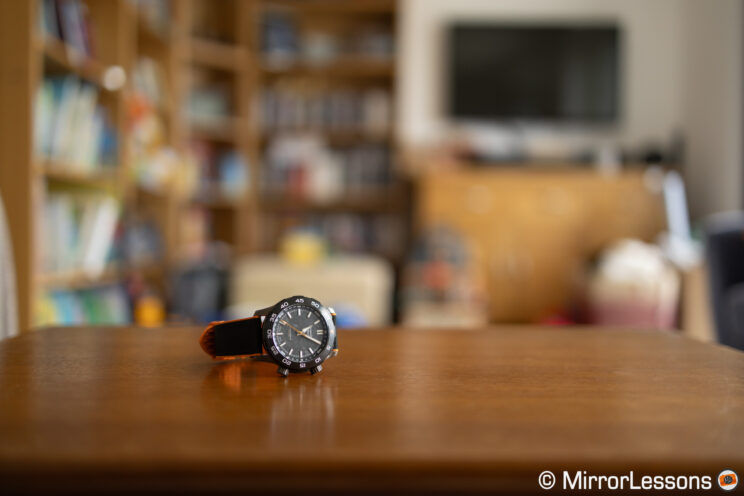
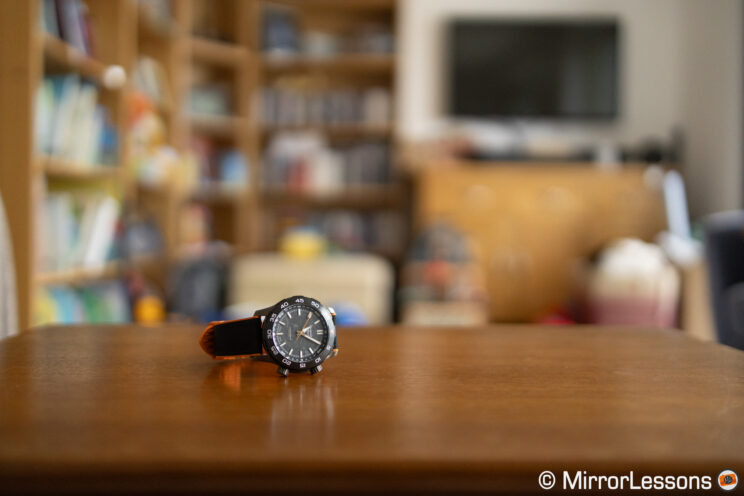
While switching to the full electronic shutter on the A7CR can address these issues, it introduces new challenges, such as distortion during quick panning and more pronounced banding with LED or similar lights.
In contrast, the A7 IV offers all three shutter modes, ensuring that if neither the EFCS nor the standard electronic shutter suffices, you have the option to switch to the full mechanical shutter.
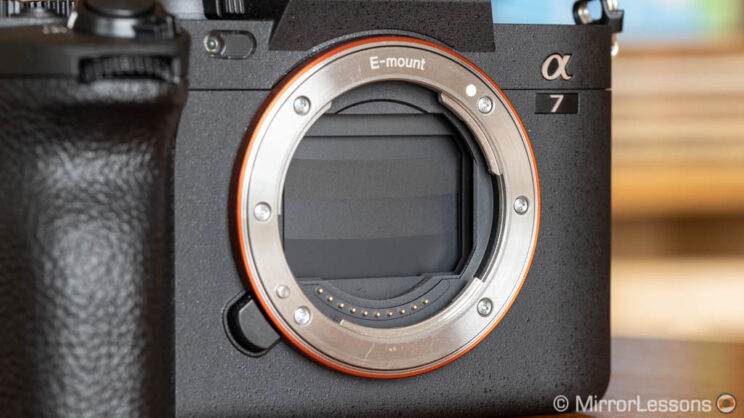
Reminder: the links below are affiliate links. If you decided to buy something after clicking the link, we will receive a small commission.
Check the price of the Sony A7CR on
B&H Photo
Check price of the Sony A7 IV on
Amazon | Amazon UK | B&H Photo | eBay
8. Viewfinder
The position of the electronic viewfinder distinguishes these two cameras. The A7CR features a rangefinder-like design with the EVF embedded in the main frame on the left side, while the A7 IV adopts a more traditional SLR design with the EVF protruding from the top at the center.
Regardless of their positions, which comes down to personal preferences, the advantage when using the A7 IV is that you get a larger and higher-resolution viewfinder.
Viewfinder
A7CR
A7 IV
Panel
0.39-in OLED
0.5-in OLED
Resolution
2.36M
3.69M
Refresh rate
120Hz
120Hz
Magnification
0.70x
0.78x
Eyepoint
22mm
23mm
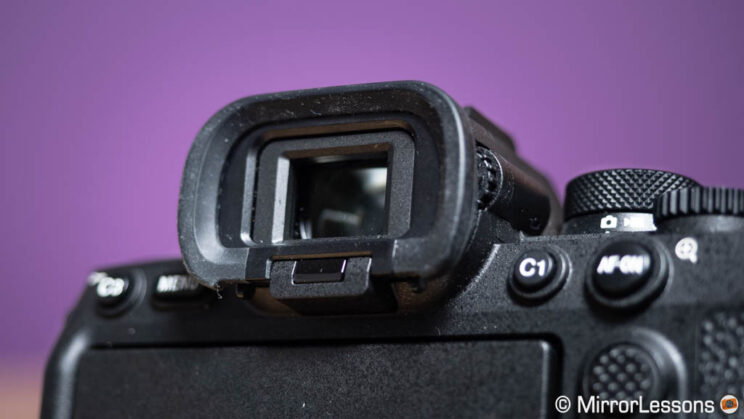
9. Design
While both cameras offer weather-sealing, they differ in several aspects. The A7CR, with its compact and lightweight design, is available in all-black or black/silver options. In contrast, with the A7 IV, you don’t get to choose between multiple colours.
- A7CR: 124 × 71.1 × 63.4mm, 529g
- A7 IV: 131.3 x 96.4 x 79.8mm, 658g
The larger body of the A7 IV offers some advantages. In addition to the EVF and dual card slots, you also benefit from better internal heat management thanks to a sigma-shaped heat sink, making the camera better suited for extended video recording. The build quality appears sturdier as well, with six screws on the mount (compared to four on the A7CR).
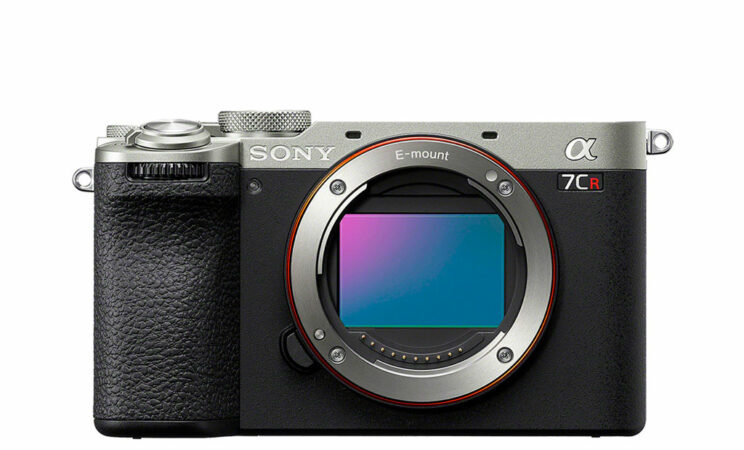
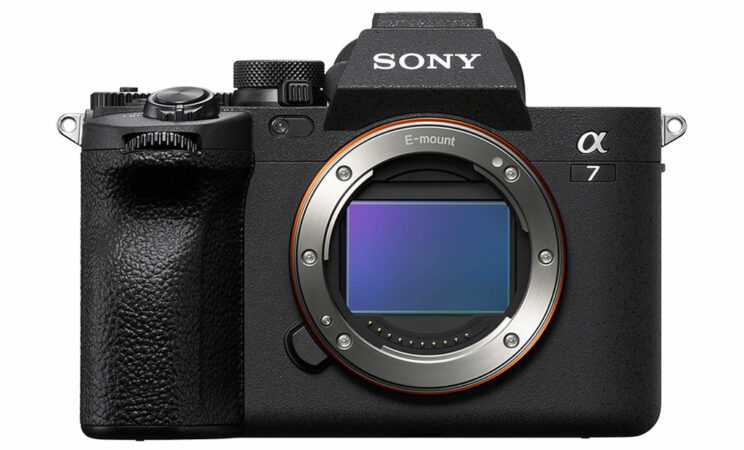
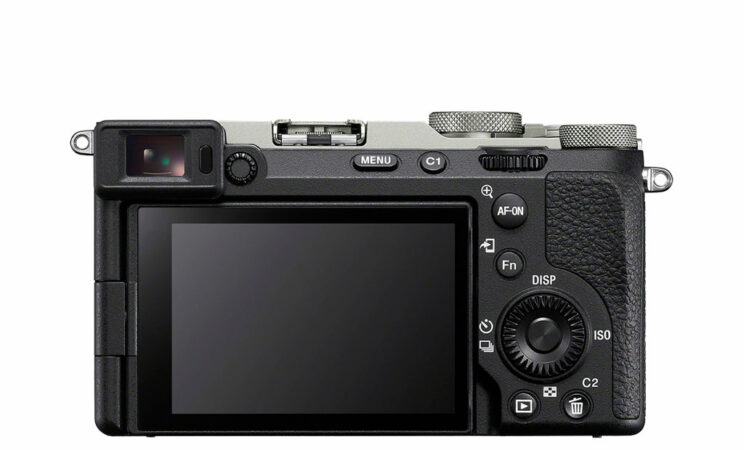
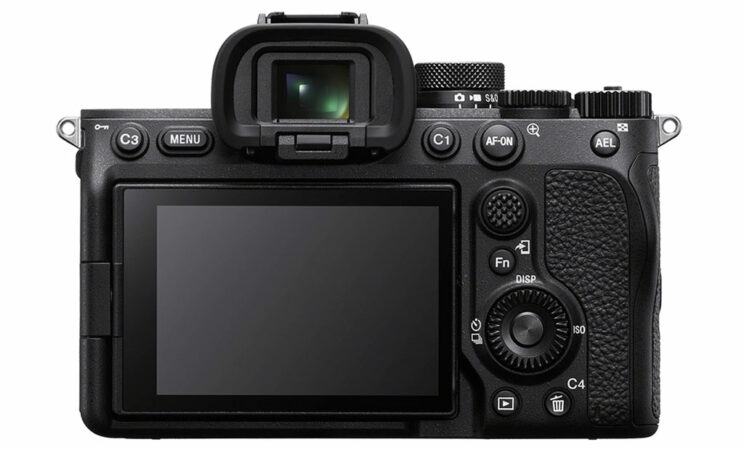
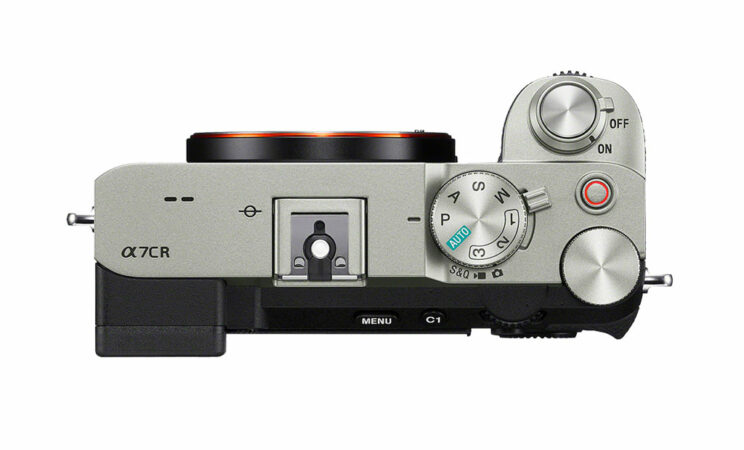
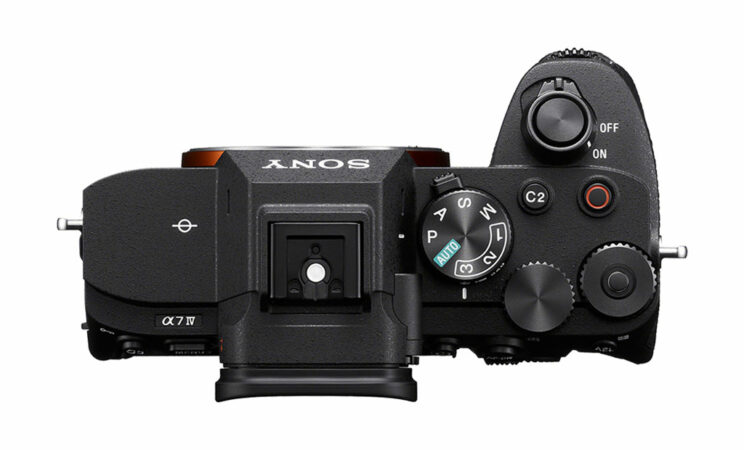
In terms of controls, the A7 IV provides additional physical buttons, including an AF joystick, an extra dial, and a custom button on top. However, the A7CR offers extra touch screen capabilities, enabling users to change settings by tapping icons on the live view.
Both cameras come equipped with a microphone input, a headphone output, and a multi-interface shoe compatible with digital audio. However, the A7 IV offers a full-size HDMI port (compared to Micro HDMI on the A7CR) and a faster USB-C port with 10Gbps speed (versus 5Gbps on the A7CR).
Notably, both cameras utilize the same NP-FZ100 battery, but the A7CR has a lower CIPA-rated battery life of 520 photos when using the LCD screen, while the A7 IV can manage up to 610 shots. As always, these figures are more negative than what you get in the real world.
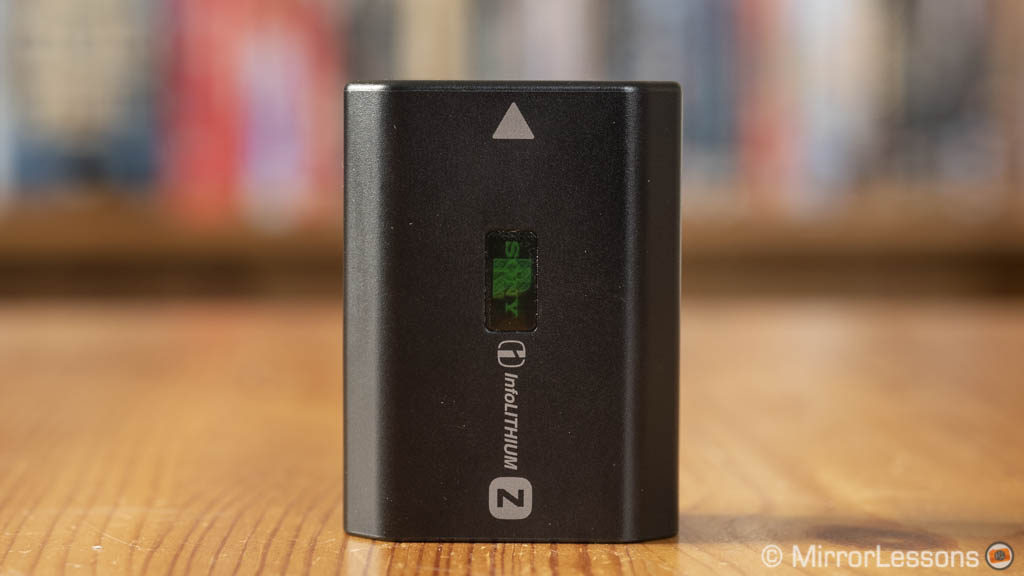
Both models support USB charging and power delivery, but it’s important to note that the A7CR package does not include a mains plug or USB cable!
10. Price
The A7CR is available with a retail price of $3000, £3200, or €3700, which makes it the more expensive model in this comparison. The price includes the GP-X2 grip extender.
On the other hand, the A7 IV can be seen at $2500, £2400, or €2700.
Please note that these prices are for the body only, as of September 2023.
Reminder: the links below are affiliate links. If you decided to buy something after clicking the link, we will receive a small commission.
Check the price of the Sony A7CR on
B&H Photo
Check price of the Sony A7 IV on
Amazon | Amazon UK | B&H Photo | eBay
You might also be interested in the following articles:
Conclusion
The price difference is likely to be the most decisive factor for many of you. After all, it’s hard to argue that the A7 IV costs less while offering a more advanced body design, a better viewfinder, and two card slots. It may not have the highest sensor resolution or the latest AI-powered autofocus, but it has repeatedly proven to be an exceptional all-rounder for photos, and it delivers better video quality.
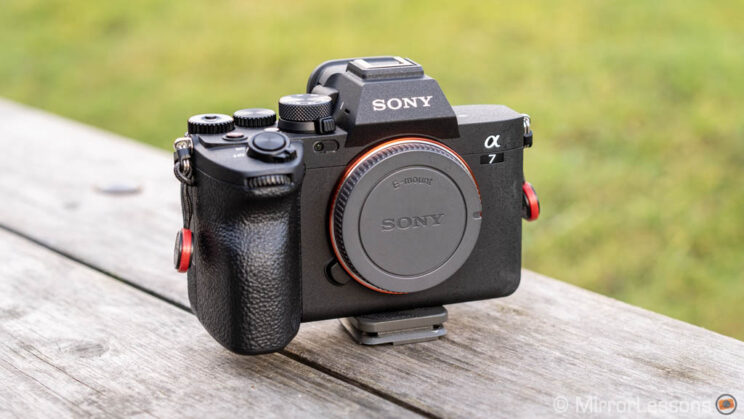
That said, if the extra resolution offered by the A7CR interests you, then this camera is certainly worth considering. The compact factor can also be an advantage, especially when paired with compact prime lenses. With it, you get some of the highest photo quality available in a highly portable package.
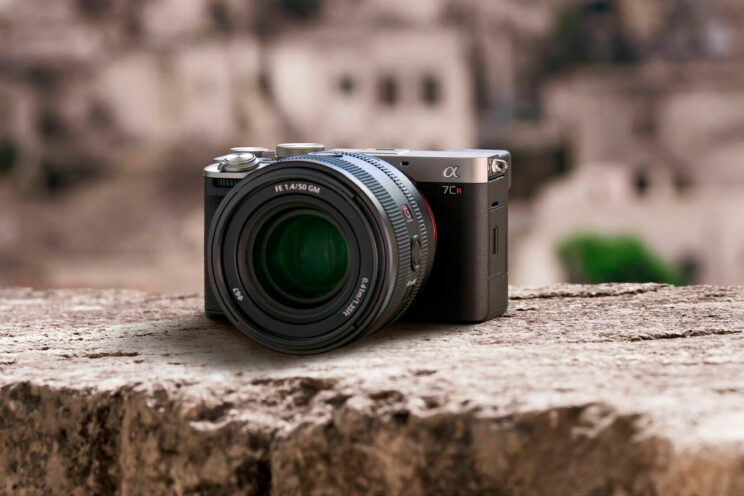
Reminder: the links below are affiliate links. If you decided to buy something after clicking the link, we will receive a small commission.
Check the price of the Sony A7CR on
B&H Photo
Check price of the Sony A7 IV on
Amazon | Amazon UK | B&H Photo | eBay

